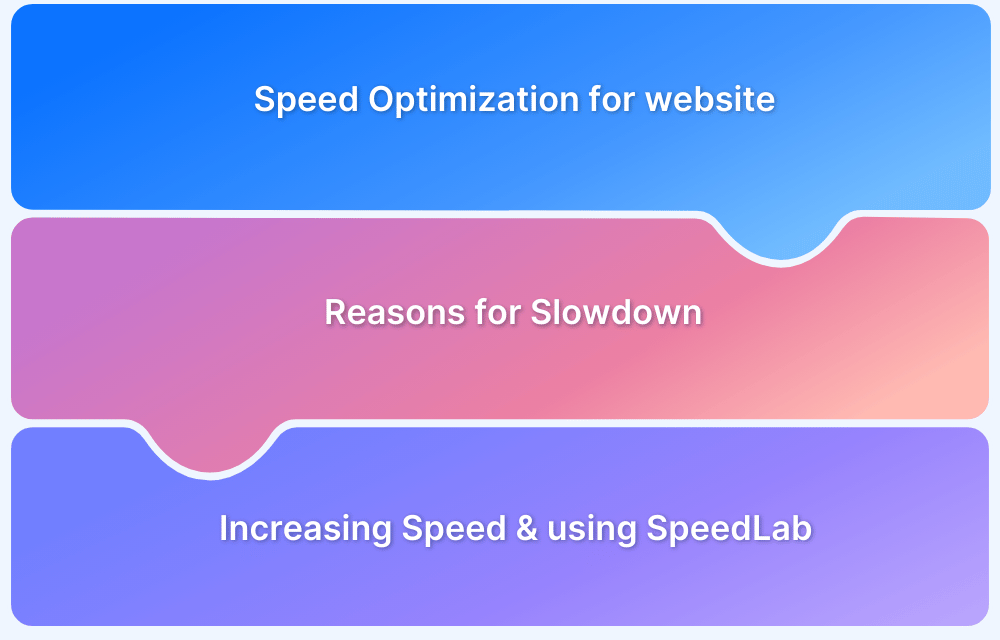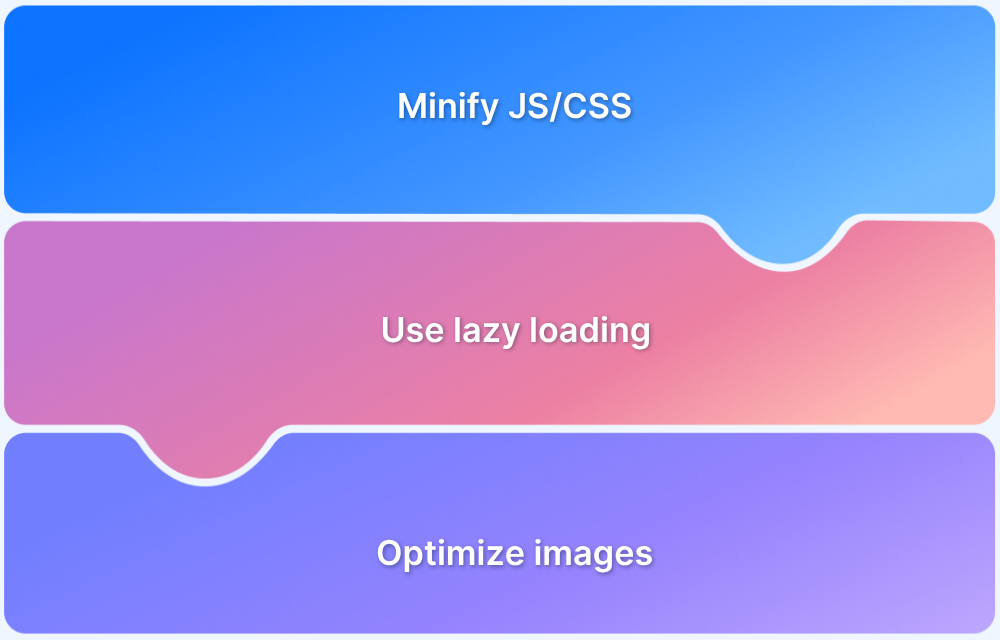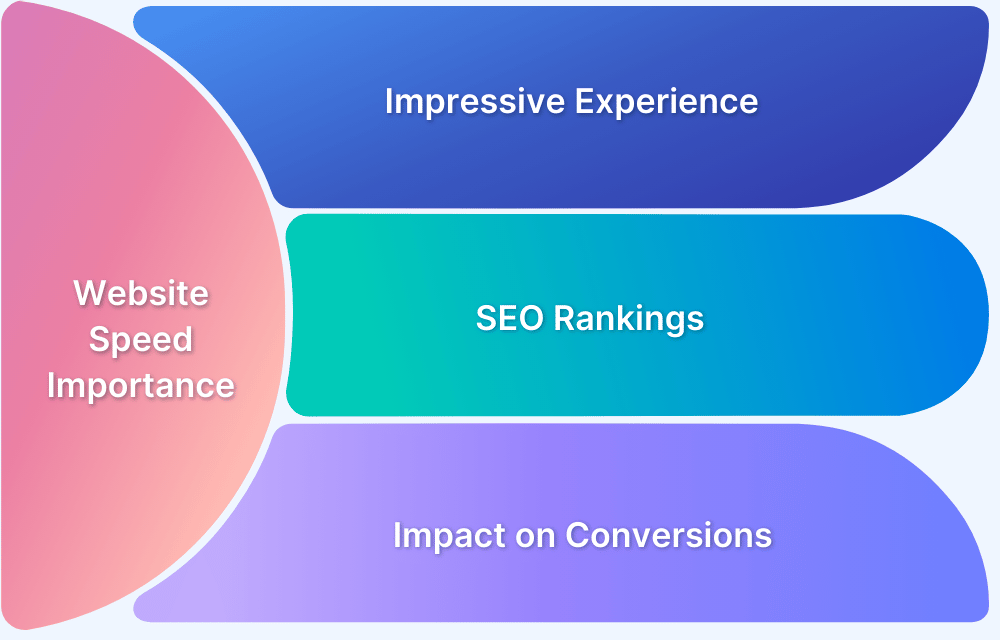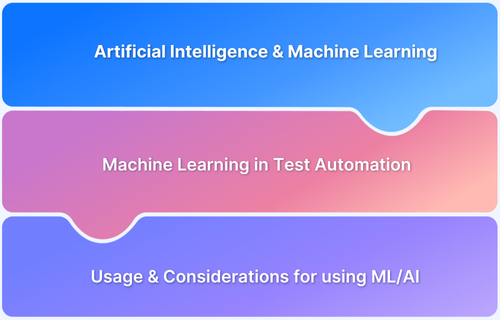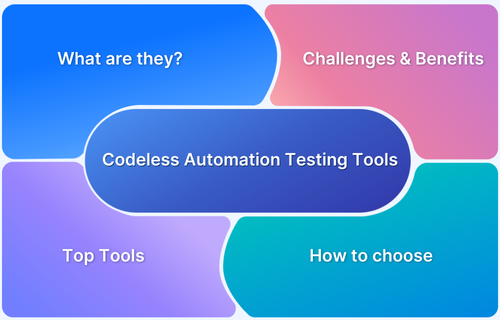Cumulative Layout Shift (CLS) measures the visual stability of a webpage by quantifying how much page elements unexpectedly move during loading.
Overview
Minimizing CLS is essential to prevent frustrating user experiences caused by shifting content and to improve SEO rankings as part of Google’s Core Web Vitals.
CLS Thresholds:
- Good (≤ 0.1): Minimal/no shifts, stable experience.
- Needs Improvement (0.1 – 0.25): Noticeable shifts, slight impact.
- Poor (> 0.25): Frequent/large shifts, major usability issues.
Factors affecting CLS
- Images Without Defined Dimensions: Images or media without specified width and height can cause shifts when they load.
- Web Fonts Loading: Fonts that load after the initial page render can cause text shifts.
- Late Loading of Ads and Dynamic Content: Ads or dynamic content that load late can push existing content and cause layout instability.
- Improper Use of CSS Animations and Transitions: Unoptimized or complex animations can lead to unexpected layout changes.
- Responsive Design Issues: Inconsistent layouts across different screen sizes or devices can result in layout shifts.
- Font Size Changes: Dynamic changes in font size based on content or viewport can lead to unexpected shifts in layout.
This article explores the key factors affecting Cumulative Layout Shift (CLS) and provides actionable strategies to enhance website stability and improve user experience.
What is CLS?
Cumulative Layout Shift (CLS) measures the total amount of unexpected layout shifts that occur during the loading phase of a webpage. These shifts happen when elements like images, text, or buttons move around on the screen unexpectedly, disrupting the user’s experience.
CLS is a critical metric for user experience, as it directly correlates with how stable and predictable a webpage feels. A stable page without frequent shifts leads to a more engaging and trustworthy experience for users. CLS is measured as the sum of all individual layout shift scores during the page load process.
- CLS Score Calculation: The CLS score is calculated by multiplying the fraction of the viewport affected by the shift and the distance the element has moved. A higher score means more layout instability.
- CLS Thresholds:
- Good (≤ 0.1): Minimal or no unexpected shifts, providing a stable experience.
- Needs Improvement (0.1 – 0.25): Noticeable but not disruptive shifts that may impact user experience.
- Poor (> 0.25): Frequent or large shifts that significantly affect usability and user satisfaction.
Understanding and optimizing CLS is vital for improving both the user experience and search engine ranking, as it is one of Google’s Core Web Vitals used to measure page performance.
How CLS Impacts User Experience and SEO
Cumulative Layout Shift (CLS) significantly affects both user experience and search engine optimization (SEO). Understanding these impacts helps prioritize CLS optimization for better website performance.
- Disrupts User Experience: Unexpected layout shifts during page load can distract or confuse users. They may lose their reading place or unintentionally click wrong buttons or links, leading to frustration and abandonment.
- Harms Search Engine Rankings: Google includes CLS as a Core Web Vital in its ranking algorithms. Sites with high CLS scores are likely to rank lower in search results, reducing organic traffic and visibility.
- Increases Bounce Rates and Reduces Conversions: Visually unstable pages frustrate visitors, causing them to leave prematurely. This drop in engagement can harm conversions, sales, or other key business metrics.
- Exacerbates Mobile Experience Issues: On smaller screens, even minor layout shifts can feel more severe, making it especially critical to maintain stability for mobile users, who form a large portion of web traffic.
- Builds User Trust and Brand Credibility: A stable layout fosters a smooth browsing experience, enhancing user trust and encouraging return visits.
Optimizing CLS not only improves user satisfaction but also aligns with SEO best practices, contributing to overall website success.
Read More: Top 15 Ways to Improve Website Performance
Factors Affecting CLS
Several key factors contribute to unexpected layout shifts, impacting the CLS score and, consequently, user experience. Understanding these is critical to effectively reduce CLS:
- Images and Videos Without Specified Dimensions: When width and height attributes are missing, browsers cannot allocate proper space during loading. This causes content shifts once the media is fully loaded and sized.
- Ads, Embeds, and iFrames Without Reserved Space: Dynamic content like ads or embedded frames that load asynchronously can push existing content around if their space is not pre-allocated.
- Dynamically Injected Content: Elements added or changed on the page after initial load, such as pop-ups, banners, or inline ads, cause visible shifts if not planned for in the layout.
- Web Fonts and Font Loading Issues: Flash of unstyled text (FOUT) or flash of invisible text (FOIT) occurs when fallback fonts are replaced by custom fonts, changing text dimensions and causing layout shifts.
- Third-Party Scripts Updating the DOM: Scripts that load unpredictable third-party content or manipulate the page structure late during page load can trigger layout instability.
- CSS Animations and Transitions: Layout-affecting animations or transitions, if not managed carefully, may cause elements to move or resize unexpectedly.
- Different Network Speeds and Device Performance: Variations in network latency and device processing power can influence the timing and sequence of resource loading, exacerbating layout shifts.
Practical Tips to Reduce CLS and Improve Visual Stability
Reducing Cumulative Layout Shift (CLS) is essential for a smooth and stable user experience. Here are practical tips that help minimize layout shifts and improve visual stability:
- Specify Dimensions for Media Elements: Always define width and height attributes for images and videos to reserve space in the layout before they load, preventing sudden shifts.
- Reserve Space for Ads and Dynamic Content: Use CSS properties like min-height or the aspect-ratio to allocate space for ads, embeds, or iframes that load asynchronously. Avoid collapsing reserved space even if content doesn’t appear.
- Optimize Font Loading: Employ font-display: swap or font-display: optional to load web fonts efficiently and reduce flash of invisible or unstyled text (FOIT/FOUT), which can cause layout shifts.
- Avoid Injecting Content Above Existing Content: Insert late-loading content, such as pop-ups or banners, below visible content to prevent pushing elements down unexpectedly.
- Use CSS Animations and Transitions Thoughtfully: Prefer animations that do not affect layout, such as opacity or transform properties, to reduce abrupt content movements.
- Preload Critical Resources: Use resource hints (preload, prefetch) for fonts and key assets to ensure they’re ready early, minimizing layout shifts caused by delayed loading.
- Test Across Devices and Network Conditions: Monitor CLS on varying screen sizes and connection speeds to identify and address environment-specific layout shifts.
Enhance CLS Optimization with BrowserStack Website Scanner
BrowserStack Website Scanner provides an efficient way to monitor and optimize CLS by automatically scanning your entire website for visual shifts and layout issues that contribute to poor CLS scores. With its AI-powered visual engine, the tool detects meaningful layout changes while minimizing false positives from dynamic content, offering precise insights into problematic elements.
Key benefits include:
- Detailed reports highlighting pages with significant CLS issues, enabling quick identification of root causes such as late-loading images, fonts, or ads.
- Visual comparison of current and previous scans to track improvements or regressions in layout stability.
- The ability to simulate real user environments by scanning across devices, browsers, and screen sizes to catch CLS problems affecting diverse audiences.
- Integration with development workflows to schedule recurring scans and get alerts, ensuring ongoing vigilance against layout instability.
By leveraging BrowserStack Website Scanner’s comprehensive CLS analysis, teams can confidently make targeted adjustments that improve visual stability, enhancing user experience and positively impacting SEO rankings.
Conclusion
Optimizing Cumulative Layout Shift (CLS) is crucial for delivering a seamless and visually stable user experience that keeps visitors engaged and satisfied. Poor CLS not only frustrates users but also negatively impacts search engine rankings, making it a critical factor for website success.
BrowserStack Website Scanner provides an all-in-one, no-code solution to automatically detect and fix CLS-related issues along with other crucial website health checks such as accessibility, performance, and broken links. With its scalable and easy-to-use platform, teams can confidently improve layout stability, boost SEO, and enhance overall user satisfaction, all while accelerating release cycles without compromising quality.
By adopting proactive CLS optimization strategies supported by powerful tools like BrowserStack Website Scanner, businesses can create faster, more reliable websites that drive better engagement and conversions.



